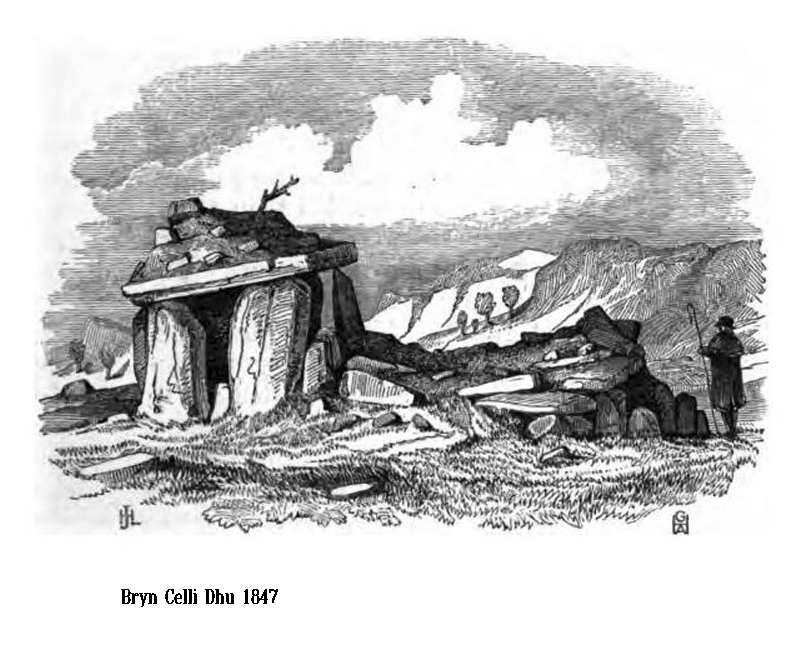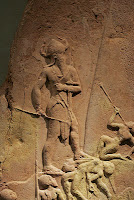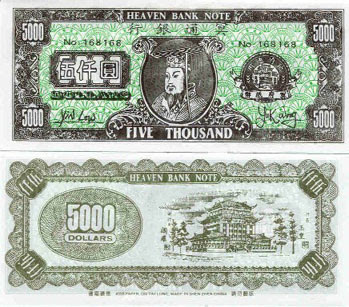Bryn Celli Dhu.
Bryn Celli Dhu
This is what it was like in 1847
What you see today is a reconstruction.
The standing stone in front of the mound is a copy of the original, carved stone which is now hidden in the closed off, archaeological section of Cardiff Museum. There is a theory that the original stone was not a part of the passage grave complex. It belonged to a stone circle that pre-dated the tomb and had been buried. There is of course another theory, and several others after that....
Anyway:
Originally located in this area (as shown in photo) below the soil was a stone slab tilted towards the north, but laid on its width to a north south axis. Under which was a pit, which had been hardened by fire? Hazel charcoal and a single burnt bone from the human ear were located. On top of which was two pieces of pebble sized jasper covered in purple clay. North of this was a patterned stone on purple clay, with signs of wedge stone located at its western end. This has led to suggestions it was upright at one time. If the site is visited today, a reproduction of the original carved stone now stands in an up right position, a few meters west of its original location...link.
Five postholes revealed carbonised pinewood set, within gravel that were positioned in an arch. Where its southern most appear to be on the centre axis of the monument ENE. It has been suggested that these postholes could have been incorporated with a wattle screen. On the side away from the main entrance was shallow clay bowl, into which an ox skeleton was located. Its head having been arranged in a manner as to face or look straight into the entrance of the chamber passage. It's commented that in the north of this burial, a line of uprights was located. A similar line of stones were also removed from the south side these appear to become problematic, as it was not on the same axis as the passage chamber....link.And so I went to Cardiff museum because I'd been told that all the finds from Bryn Celli Dhu were there..
The staff at the museum were exceedingly kind to me and literally opened locked doors, and led me through the dark so that I could see the original standing stone.





